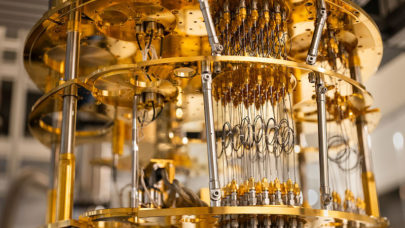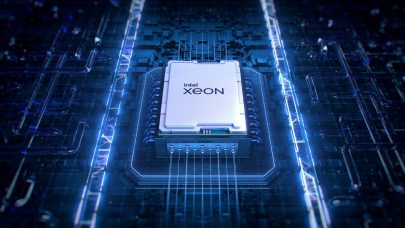WEST LAFAYETTE, Ind., Aug. 14, 2018 – Purdue University researchers have developed transistor technology that shows potential for improving computers and mobile phones.
The researchers created a new technology design for field effect transistors, which are basic switching devices in computers and other electronic devices. Those types of transistors also are promising candidates for next generation nanodevices. They can offer better switching behavior for computers and devices compared with traditional field effect transistors.

“Our technology is unique because it merges lasers and transistors,” said Tillmann Kubis, research assistant professor in Purdue’s School of Electrical and Computer Engineering, Network for Computational Nanotechnology and Purdue Center for Predictive Materials and Devices. “There is traditionally not a lot of overlap between these two areas, even though the combination can be powerful with the Internet of Things and other related fields.”
The combination of the quantum cascade laser and transistor technologies into a single design concept will help manufacturers of integrated circuits who want to build smaller and more transistors per unit area. The Purdue technology is designed to increase the speed, sensitivity and battery life of computers, mobile phones and other digital devices.
Some issues with the current transistor technology are that it has too low on-current densities or suppressed off-current densities, which often leads to a loss of power and reduced battery life.
The Purdue transistor and laser combination features a large on-current and a low off-current with a small subthreshold swing, which allows for increased speed and energy savings. The technology also combines or stacks several switching mechanisms that simultaneously turn the transistor on or off.
“What we have created here at Purdue really opens the door for the future of field effect transistors,” Kubis said. “It is exciting to be at the forefront of creating technology that will have such a wide impact across different areas.”
The Purdue team is working to optimize the technology and the overall effectiveness of the design.
The Purdue Office of Technology Commercialization helped file a patent application for the technology and it is available for licensing.
About Purdue Office of Technology Commercialization
The Purdue Office of Technology Commercialization operates one of the most comprehensive technology transfer programs among leading research universities in the U.S. Services provided by this office support the economic development initiatives of Purdue University and benefit the university’s academic activities. The office is managed by the Purdue Research Foundation, which received the 2016 Innovation and Economic Prosperity Universities Award for Innovation from the Association of Public and Land-grant Universities. For more information about funding and investment opportunities in startups based on a Purdue innovation, contact the Purdue Foundry at [email protected]. For more information on licensing a Purdue innovation, contact the Office of Technology Commercialization at [email protected]. The Purdue Research Foundation is a private, nonprofit foundation created to advance the mission of Purdue University.
Source: Purdue Office of Technology Commercialization




























































